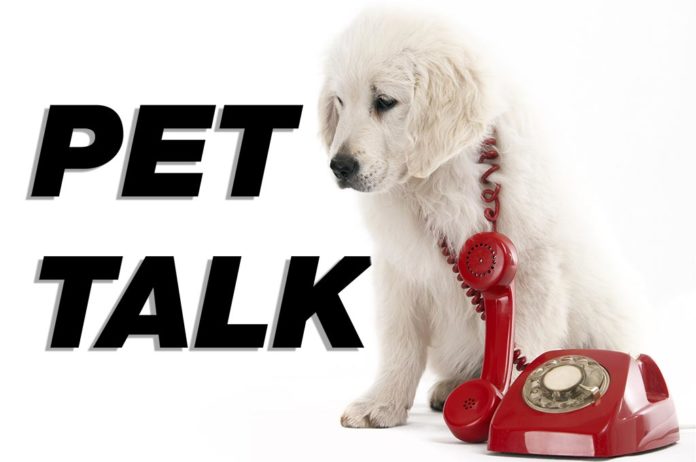As we enter the new year, I’d like to offer suggestions to help make the transition amidst product shortages as easy as possible. It is true that every industry is experiencing delays, product outages and changes and it is also happening with pet food and supplies. I’m sure many of you have experienced this.
Have backup supply of your essentials
Try to stock up for 2-4 weeks in advance. I’m not implying to hoard several bags of food, however, having a little backup food is simply good planning for shortages as well as emergencies. Seriously consider this with medications, favorite treats and grooming supplies as well. Having perishables does require you to manage their expiration dates, so, 2-4 weeks extra is a good general guideline that should keep you safe from food spoilage.
Find an alternate food
Should your pets’ food be out for weeks or months at a time (we are seeing this), you will need to find something else for them. This can be a stressful experience, but it doesn’t have to be. Be proactive. Assume your pet’s food, favorite treat, supplement and medication are out of stock. What would you do? If you had a backup option, you would definitely experience less stress, so, contact your pet supply store and ask for their recommendation now. Ask for samples or pick up a small amount to try out at home. Of course, if your pet is on a prescription food, ask your veterinarian what the backup option is.
Rotate your alternate food into their diet now
Once you have one or possibly two foods that you and your pet supply store have found that works well for your pets, start feeding it to them now. Pet owners tend to get a little nervous about transitioning their pets’ food, so here is a great rule of thumb to follow:
If your pet does not have a history of being sensitive, you may be able to transition fully to a new food in 4 days!
Day 1: 75% old food and 25% new food
Day 2: 50% old food and 50% new food
Day 3: 25% old food and 75% new food
Day 4: 100% new food
If there are signs of gastric issues, such as gas, stomach gurgling, or loose stool, step back the ratio to the day that there weren’t issues. For example, perhaps Day 1 is going well, but on Day 2, your dog experiences loose stool. Go back to the Day 1 feeding amounts and continue that until it has cleared. Move to Day 2 and feed that amount until there are no issues. This is a sign that you need to go slower, or, maybe the food isn’t the best fit for your pet.
If you have a pet that has known sensitivities, you will likely need to take a bit longer with transitions. In this situation, it is really important to either talk to your veterinarian or your pet supply experts who can really help you through this with ease.
If you can, set up your pet supply needs on an Auto-Order
Auto-Ordering can take away a lot of stress from you, and, from the store you are receiving the products from. My company can predict what our customers’ needs are and order accordingly. We prioritize and pull our Auto-Orders ahead of time and identify product shortages before the order comes through which gives us a roadmap of which to manage and fulfill tour customer’s needs. (I’ve been known to purchase foods from other local stores if there is no other way for us to fulfill their orders).
I realize that finding a back-up isn’t always possible. You are busy and may not have time to think about this ahead of time. Not to worry. I see pet owners all the time in this position and most of the time I’m happy to report that an alternative option may not be as hard one would think.






















